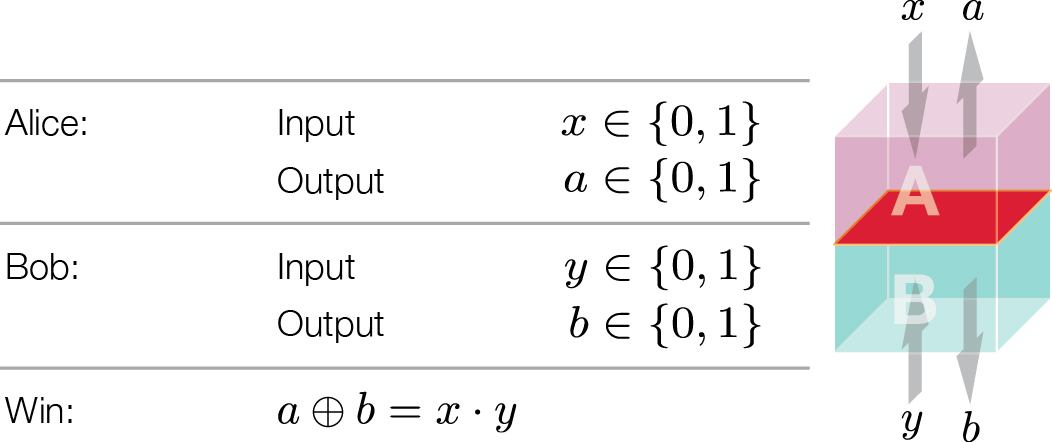Entanglement is one of the most fundamental concepts in quantum mechanics, distinguishing it from classical mechanics. Apart from being fascinating to study from the perspective of theoretical physics, it also plays a crucial role in the advantages gained in applications of quantum technologies such as quantum computation, communication and cryptography.
Roughly speaking, two systems are said to be entangled if the behaviour of the entire physical system (consisting of these two subsystems) cannot be explained by considering each subsystem separately. “Entanglement theory” is very rich— there are many intriguing forms of entangled states, a variety of techniques to quantify and measure entanglement and endless ways of using it as a resource to achieve quantum information processing tasks.
We study entanglement from different angles. One direction of research is the development of protocols that can be used to certify the existence of entanglement in big and uncharacterised physical systems. Other projects are focused on learning which kinds of entangled states are useful as a resource for quantum information processing tasks.

One type of entanglement systems is what we call "non-local systems". Non-local systems are quantum systems that, when the two parts are measured in certain ways, exhibit correlations that cannot be achieved by classical systems. In the figure we see a description of a "non-local game" called the CHSH game. In a non-local game we have (at least) two parties, here called Alice and Bob, each holding a part of a physical device with which they can interact (this is the box in the figure). They interact with the device by supplying classical inputs (bits) and collecting the outputs. We say that the game is won if the inputs and outputs fulfil some pre-defined condition. For the CHSH game described in the figure— any physical system which can be described using classical mechanics can win the game with at most 0.75 winning probability. On the other hand, there exists a quantum device, performing measurements on an entangled state, that can lead to a winning probability of approximately 0.86! This kind of behaviour of the physical device allows us to certify that the device must be quantum, even though we only look and interact with it “from the outside”. [Source]


